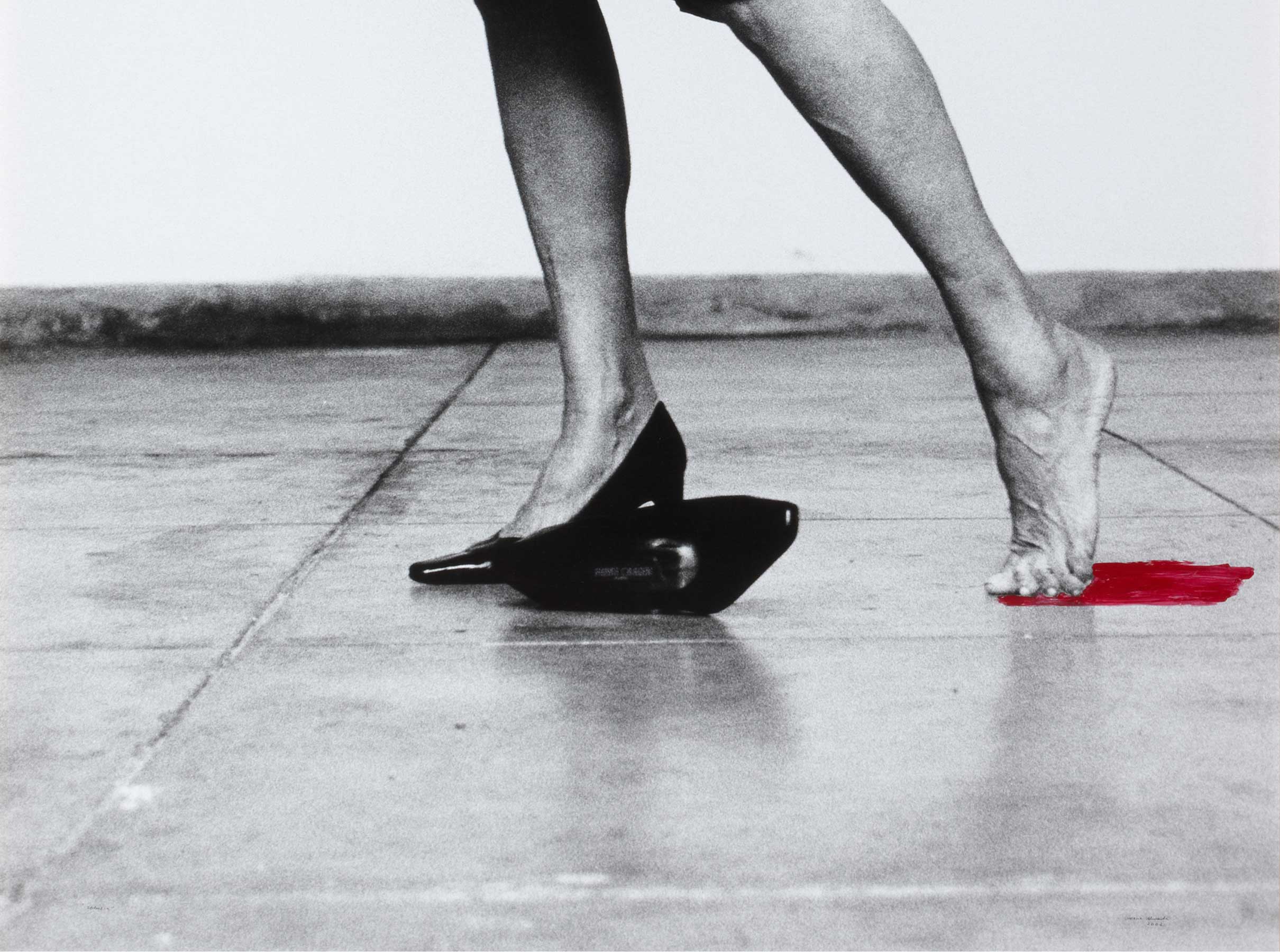Mar Abierto 14-15 horas [Open Sea: Phygital Experience]
- 2024
- Digital prints on Hahnemühle paper 360 gsm and NFC microchips bonded to paper
- 111 x 66,3 cm
- Cat. F_497
- Acquired in 2024
Technology permeates our daily lives, often unnoticed, as we engage in activities supported by blockchain, make contactless payments with our mobile devices thanks to NFC technology, or transfer financial assets through tokenization. What has been playing out in the world of business and finance has also been emerging in the realm of art. Until recently, NFTs were driven primarily by aesthetic ambitions but even more by speculative cravings. Once more the market and money devoured art, driven by a base impulse for profit. However, art is more than just money, more than just market value. Good art is a catalyst for social transformation, a condensation of ideas and emotions capable of stirring minds to independent thought. This is the kind of art we need now more than ever, and regardless of its physical owner, its symbolic power is shared as common heritage.
Starting from this premise, Javier Núñez Gasco has been working quietly on a new paradigm of artistic creation for years, remixing art, the market, and technology in a different manner. His ability to imagine new approaches, blending languages and creating his own conceptual frameworks, has been a constant in his artistic career.
Open Sea is a phygital artwork based on Web 3.0, meaning it is both a physical and digital piece representing the passage of time over the course of a day, depicted through a large-scale animated sea whose ownership is decentralized. The physical work displayed here has been acquired by the Banco de España as part of its extensive and select collection. However, it is also the first piece in the collection to achieve the status of a financial asset. This means that, beyond its physical ownership, the digital aspect of the work will continue to generate financial traffic through the acquisition of its digital segments, divided into the 1,440 minutes of a day.
The physical piece is activated through NFC tags and contactless technology: by bringing our mobile device close, we can access the digital content as augmented reality, and even purchase the fragments we want through the Opensea online platform. These new economic interrelations are built on blockchain technology and the tokenization of physical and digital works. A key aspect is the reliability provided by blockchain in securing links that will never change, enhancing traceability as to authorship, location, and potential royalties for the artist from the second and subsequent sales. Smart contracts also come into play, functioning as programs stored on a blockchain that execute when predetermined conditions are met. These are used to automate the execution of an agreement, ensuring all participants can be sure immediately of the outcome, without any intermediaries. Having accurate location information on artworks is essential, as we lose track of many works over time, complicating their study or exhibition. Open Sea also serves as a reminder that this ever-moving tide is an alarm, an environmental call to action, as rising sea levels will have profound consequences for life on the planet. On the IDObject platform, we can see how, in a sense, our time is measured by the drops falling from the melting glaciers, like the ticking doomsday clock of humanity.
Other works by Javier Nunez Gasco

![Mar Abierto 14-15 horas [Open Sea: Phygital Experience]](/f/webca/INF/assets/img/fff.png)